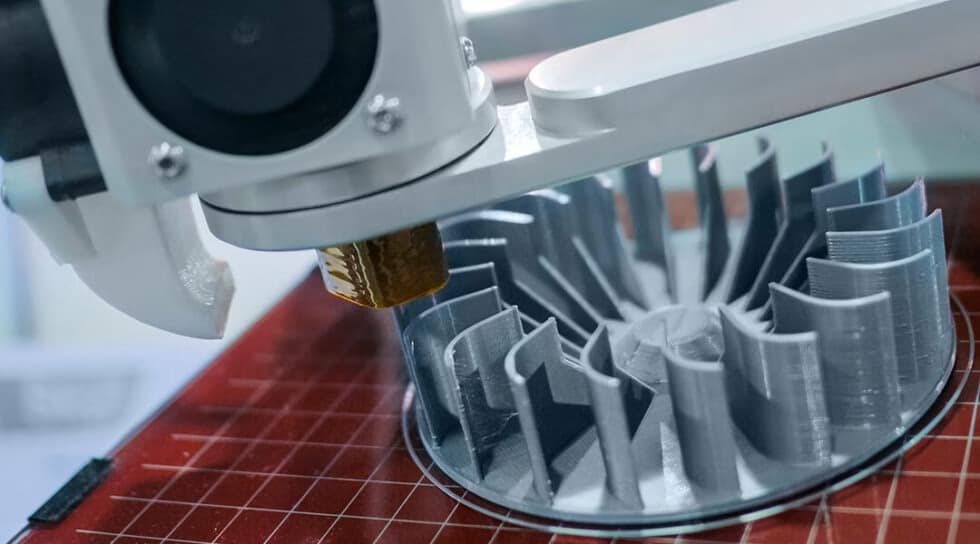What Is Subtractive Manufacturing?
At the heart of modern precision engineering lies subtractive manufacturing. Unlike its additive counterpart, this traditional manufacturing method involves cutting, drilling, milling, or grinding away material from a solid block to create a desired shape. It remains the gold standard in industries where extreme accuracy and fine surface finishes are essential.
Benefits of Subtractive Manufacturing for Industrial Models
- Unparalleled Precision
Subtractive manufacturing offers highly accurate results, making it indispensable for critical components in aerospace, automotive, and medical industries. - Superior Surface Finish
Parts produced through subtractive manufacturing typically have a smoother surface finish compared to those created with additive processes. - Versatilidad de materiales
This method works with a wide variety of materials, including metals, plastics, and ceramics. - Scalability
Ideal for both small and large-scale production, it allows manufacturers to meet varying demand levels efficiently.
Applications of Subtractive Manufacturing in Industry
- Aeroespacial: High-precision turbine blades and engine parts.
- Automoción: Engine components and intricate metal parts.
- Productos sanitarios: Surgical tools and orthopedic implants.
- Electronics: Housings and intricate metal frameworks.
Challenges of Subtractive Manufacturing
Despite its advantages, subtractive manufacturing presents certain limitations:
- Material Waste: Cutting away material generates waste.
- Tool Wear and Tear: Machines require regular maintenance and tool replacements.
- Limited Design Flexibility: Complex internal geometries are harder to achieve compared to additive methods.
The Future of Subtractive Manufacturing
Technological advancements in CNC (Computer Numerical Control) and AI integration are set to elevate subtractive manufacturing to new heights. By blending traditional precision with modern automation, manufacturers can streamline production, reduce costs, and achieve even greater accuracy. While additive methods are on the rise, subtractive manufacturing remains the cornerstone of industrial precision, ensuring quality and reliability in every cut.
